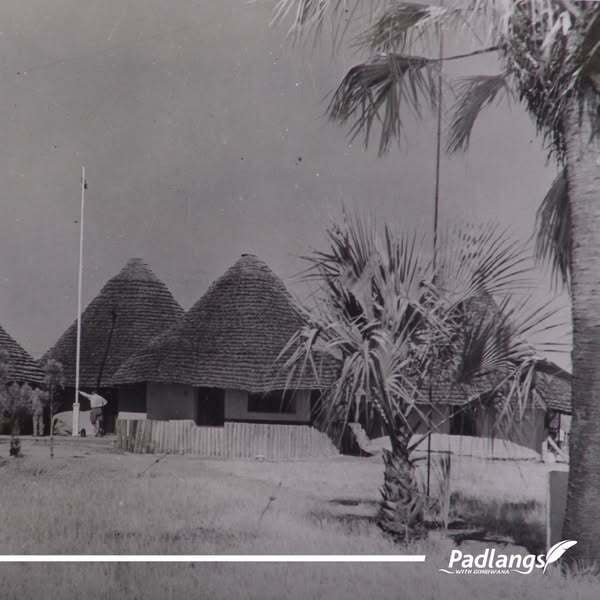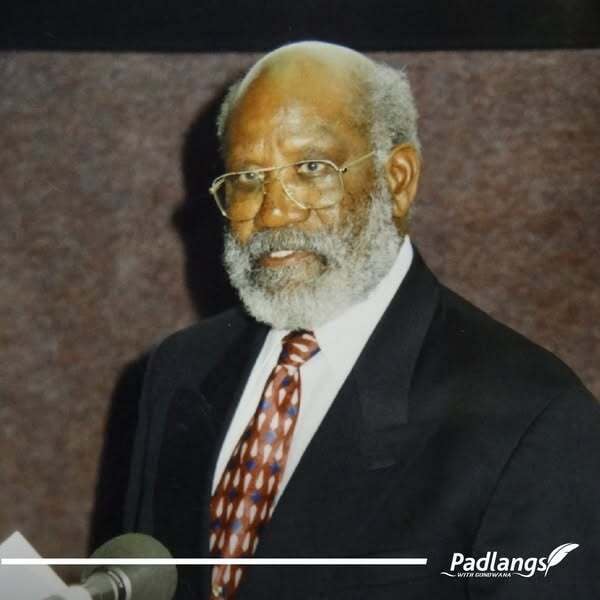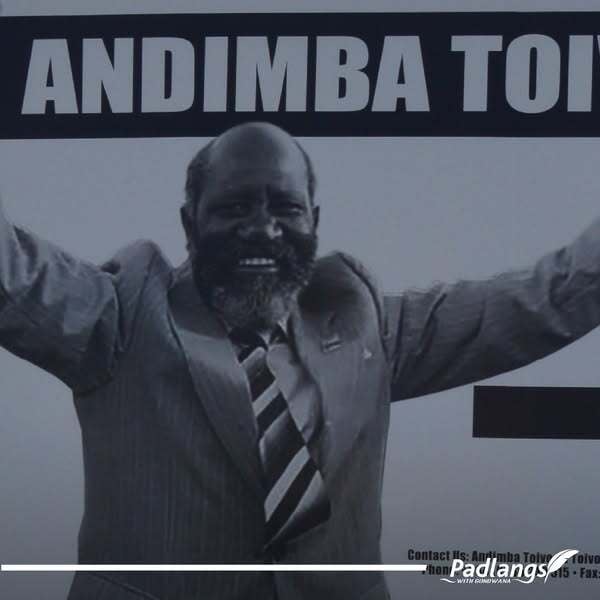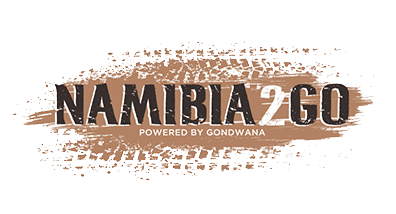Ondangwa means “the place of the Aandonga” – a reference to its location at the western end of the territory inhabited by the Aandonga. The town, which is strategically located at the junction of the B1 to Oshikango and the C46 to Oshakati and Ruacana, developed rapidly after independence. The Andimba Toivo ya Toivo Airport, the main airport in the north of the country, is served by regular flights from Windhoek.

Ondangwa and its surroundings have long served as the seat of Ondonga kings. The settlement initially developed around the Finnish mission station established by missionary August Pettinen (Nandago) at the end of June 1890, but it was closed in 1913.
The South African administration established the first colonial presence in Owambo when Major Charles Manning was appointed Resident Commissioner in November 1915. The decision to establish an office at Ondangwa had little to do with its location, but was taken because the former Finnish mission station was unoccupied. The settlement developed steadily around the administration’s office, the Ondonga tribal office and the labour recruitment compound at nearby Ondjodjo. Kaokoland was remotely administered from Ondangwa until an office was opened at Ohopoho (Opuwo) in 1941.

Ondangwa became the main transit point for contract workers seeking employment in the south in early 1918. The Native Affairs office, which was responsible for the distribution of labour, was moved from Tsumeb to Ondangwa in 1924 and the Southern Labour Organization (SLO) opened an office at Ondangwa two years later when it was allocated Owambo and southern Angola as its recruiting area. It merged with the Northern Labour Organization (NLO) in 1943 to form the South West African Native Labour Association (SWANLA) that had exclusive rights to recruit contract labourers to work in the mines and other industries.
Lieutenant Cocky Hahn, a grandson of the Rhenish missionary Hugo Hahn, succeeded Manning in 1921. He had served as an intelligence officer in Owambo after South Africa’s occupation of South West Africa and collected intelligence for the punitive expedition against the Oukwanyama king, Mandume yaNdemufayo, in 1917.
Situated east of the central floodplains, the expanding settlement lacked a sufficient water supply for a future capital and plans to relocate the administrative headquarters were under discussion in the late 1950s. Another disadvantage was that Ondangwa was situated in the Ondonga traditional area, while the new capital needed to be more centrally located. Plans to relocate the capital to Oshigambo, another alternative to Ondangwa, were abandoned in 1954.
Ondangwa began developing into an economic centre after the first trading station in Owambo was opened at Ondjodjo in 1925 and became the first urban centre in Owambo in the early 1950s. It remained the administrative centre of Owambo until it was decided to relocate the “capital” to what was then known as Okatana (later renamed Oshakati) in line with the Odendaal Plan that was released in 1964.

Two residential areas were established in 1965. White officials and their families were accommodated in spacious residences in Ondangwa, while a separate residential area for blacks, Oluno, was established. The tribal office was relocated to Oluno at the same time, while single quarters for labour recruits were also built.
A South African Defence Force infantry company was stationed at Ondangwa in 1969 and the settlement became the headquarters of 53 Battalion when it was formed in 1976. It was also the headquarters of 101 Battalion, which was formed in 1976 when the Owambo Battalion was enlarged to 200 men.
Ondangwa became the main forward base of South African Air Force operations into Angola in the mid-1970s with Mirage IIICZ and Impala aircraft, Allouette helicopters for troop support and C130 and C160 transport aircraft based at the airfield. The base came under attack by the People’s Liberation Army of Namibia (PLAN) on a number of occasions. Two Impala aircraft and one Puma helicopter were damaged when PLAN soldiers attacked the base with 60-mm mortars and small arms on 4 May 1980. The gravel runway was slightly damaged by mortar fire on 23 February 1984.
Ondangwa Airport, the country’s main airport in the north, was renamed the Andimba Toivo ya Toivo Airport in honour of the legendary freedom fighter in August 2019.


.png)
.jpg)
.jpg)




.png)

SUBMIT YOUR COMMENT